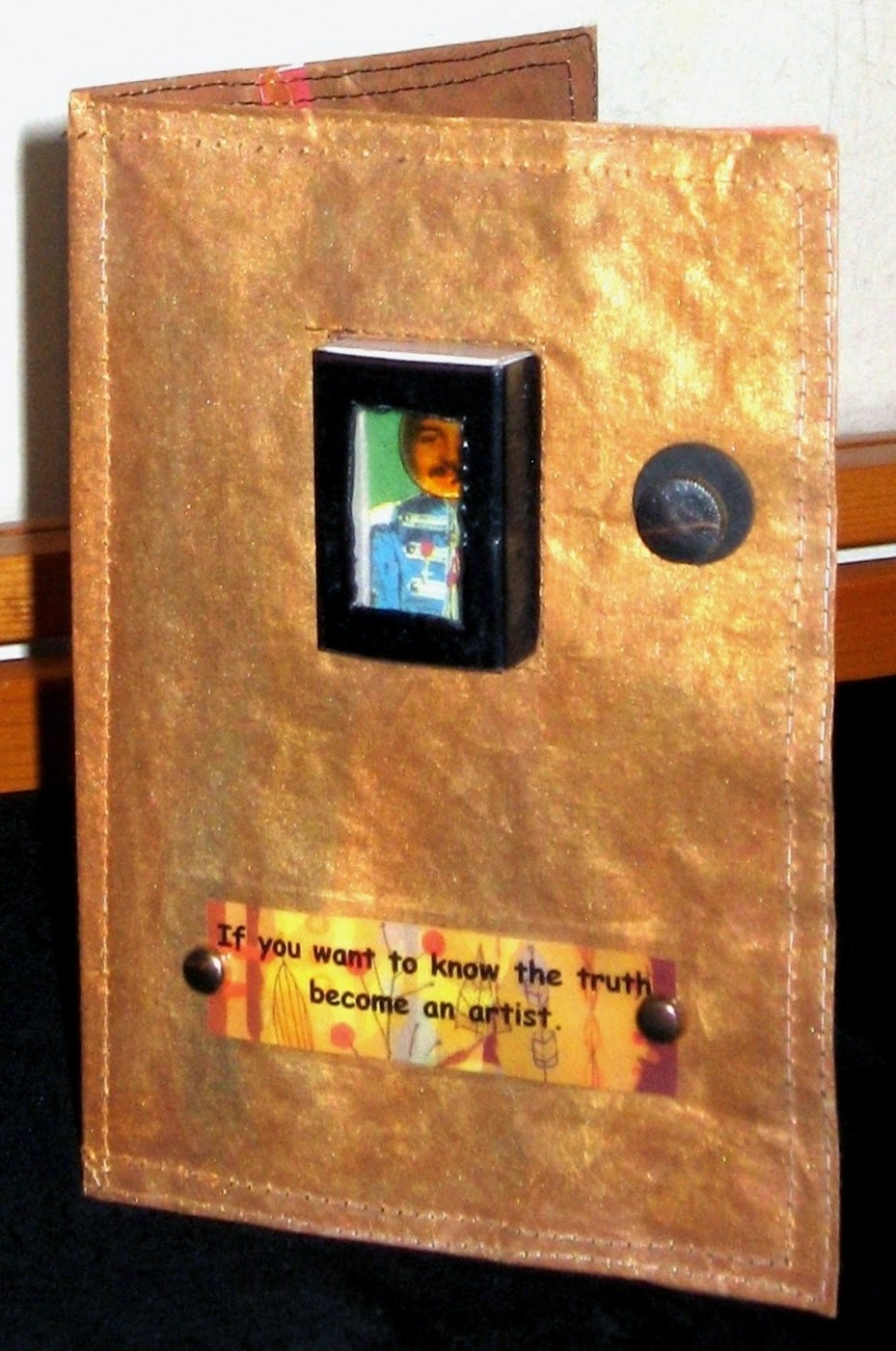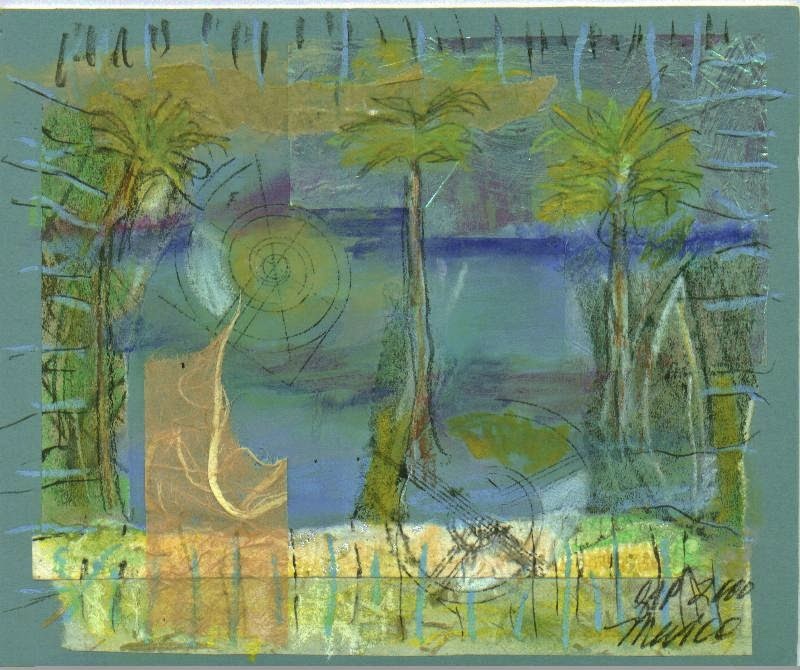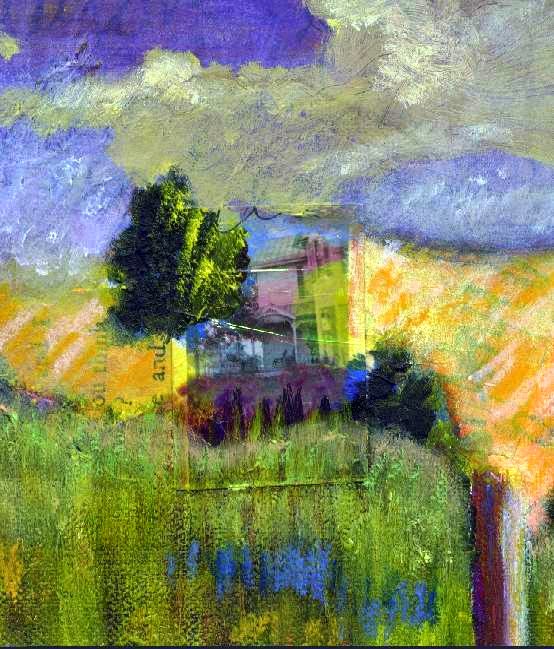 |
| Vase of dead flowers, sketch from life |
Now it's December, and the holidays are once again upon us. My father-in-law died just before Thanksgiving. While it was a sad occasion to lose this wonderful man, he was 91, and had lost his quality of life. The funeral and Thanksgiving feast turned out to be an extended and joyous family occasion, a rare time when all were able to be together. I am truly thankful.
I am also so grateful for my weekly artist group. In the midst of all the difficulties life has to throw at me, my weekly meetings with Gail and Jill are a godsend. I cannot recommend more strongly setting aside time each week to meet with like-minded people, no matter your passions. The synergy created in a well-curated group is magical and, while there is never any pressure to do or make anything in our group, I always want to have something I am making progress on or something new to show. It keeps me on task the rest of the week.
 |
| Poppies in my garden, sketch from photo |
That said, with all the eldercare in the last months before my father-in-law died, I haven't had a lot of time to make art. Sketching does not take a lot of time or preparation. Yet, I haven't succeeded in recent years in making it a daily practice.
Two of my artist friends, Susan Shie and Jill Milenski, are inspirational in their sketching practice, and I am motivated to return to that level of fluency. For her birthday, Jill got our friend Gail the book Art Before Breakfast by Danny Gregory. Gail, who had never drawn at all until last year, literally drew her breakfast, which she shared as her "homework" during our last get-together. It is a wonderful book for anyone who thinks they can't draw. Gail is getting fabulous results, and her latent talent for drawing is emerging,
At our last get-together, I had my sketchbook and tried some different drawing tools. Jill had some book-sale books with lovely photos to draw from, so I picked one, and went at it. It only takes a minute. It's a practice I want to make a daily one in the coming months.
 |
| Reference photo for sketch |
 |
| Italian Doorway, sketch from photo |















































